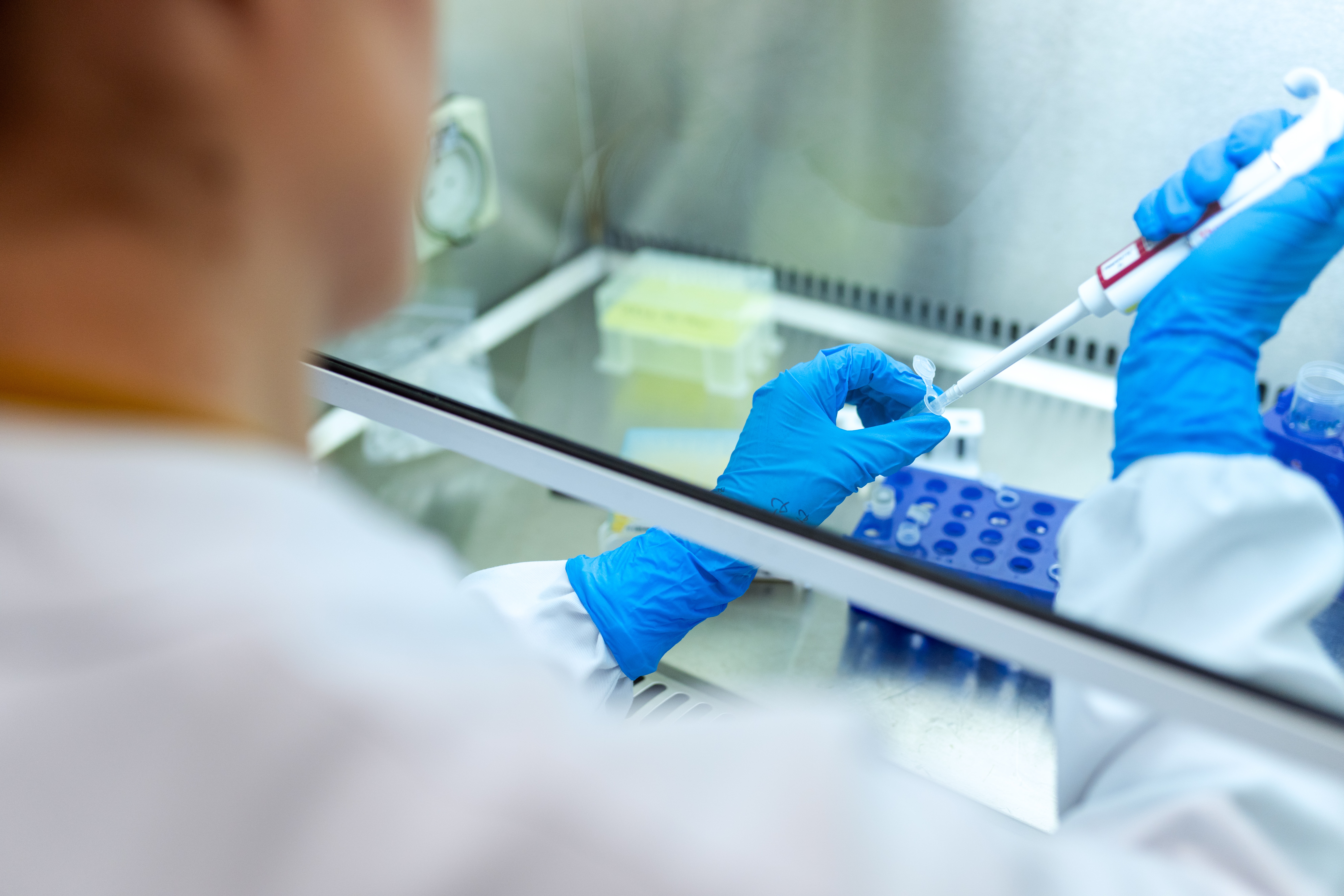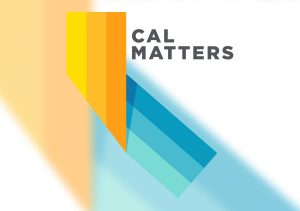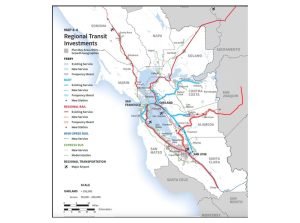It took almost a century between the first U.S. polio epidemic and the mapping of the poliovirus genome. By contrast, it was a matter of weeks between the first cases of COVID-19 and the publication of a genetic map of the virus.
The Bay Area is the home to much of the technology ecosystem that enabled this work and that ecosystem is playing a critical role in finding drugs and vaccines to fight the virus.
Mapping the Virus for Research
A partnership between Santa Clara-based Intel and the Beijing Genomic Institute mapped the virus’ genome last December, making it freely available online to researchers worldwide.
Intel’s high performance Cascade processers were used for the work. Designed for artificial intelligence and machine learning* these computers reduce the time it takes to map a genome from weeks to hours or less, “the technology can run a human genome in 45 minutes, instead of a week,” explained Michael J. McManus, Intel Principal Engineer and Solution Architect.
Shortly after mapping the genome, the researchers were able to develop a test for the COVID-19 virus.
The genomic research is continuing using the Boston-based Broad Institute’s — another Intel partner’s — open source software and its worldwide network of scientists to learn not only more about the virus, but also about the genomes of individuals most vulnerable to the virus.
“The genomics give us a lot of specificity,” explained McManus. “It’s the difference between knowing the county and knowing the street address. Understanding the genome of people who get the disease helps us understand how virus affects people differently and identify people who are hardest hit by it. And eventually, match treatment.”
The Institute’s COVID-19 research has helped identify human cells likely to be targeted by COVID-19 and the mechanism that the virus uses to attack the cells. Broad researchers recently launched a study into why children are generally less sick with COVID-19.
A DNA Production Line Supporting Researchers
The majority of the virus DNA used in COVID-19 research comes from one Silicon Valley company: Newark-based ATUM.
As soon as the virus genome was published, ATUM began producing virus protein snippets and has supplied much of the virus protein currently being used in drug and vaccine research.
The 17-year-old company is a pioneer in the field of chemically synthesizing proteins for medical research and treatment, building DNA molecules chemically using the source code — the genome map.
“In the old days you had to get the actual virus and grow it,” explained ATUM co-founder and Chief Commercial Officer Claes Gustafsson. Dealing with live viruses was a lengthy process and had inherent safety issues.
Using ATUM’s technology, Gustafsson said, “We can look at the source code, identify proteins and just make that protein. All we care about is identifying pieces — the surface of the virus, what the immune system can see. You can make a piece of DNA in a week or two.
“The proteins are produced in bacteria, yeasts, mammal cell lines,” he continued. “As cells multiply they make more protein, you highjack the chromosome and put in the protein you want and the cell makes more of what you want.”
There’s no possibility of making anyone sick and shipping is far simpler. “Cells are shipped in dry ice,” said Gustafsson. “A molecule — you can practically put it in an envelope and it’s easily shipped.”
ATUM’s proteins are used at every stage of research. “For test diagnostics, you need the source code of the virus,” he explained. “For vaccines, you use pieces of the virus and figure out what proteins activate the immune system. For therapeutics, you can make proteins that are critical to the virus for use in drug development.”
The company is expediting projects for COVID-19 research, as well as making its research workflow platform available to researchers without licensing fees.
Like everyone else, ATUM is operating with a bare bones staff, with much of its back office staff working from home. “Right now we’re focused on shipping,” said Gustafsson. “We haven’t sorted out who’s paying for it. Sometimes you need to work faster that the accounting system.”
*Artificial Intelligence (AI) is the science of engineering computer systems that can acquire and apply knowledge — in other words, that “think.” Machine Learning is a type of AI system that learns and improves from experience without being explicitly programmed.












0 comments